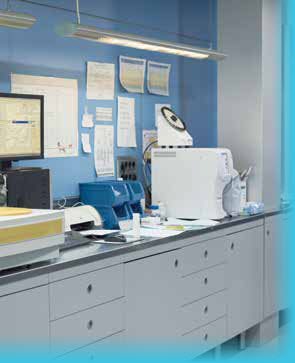Lighting and Power Purchasing Guide
The right lighting and power solutions are vital to the productivity of your lab
Register for free to listen to this article
Listen with Speechify
0:00
5:00
 Careful planning of your lab’s lighting and power layouts ahead of time can help maximize the amount of usable space in your lab, increasing the number of experiments that can be run at any given time and amplifying your overall throughput.
Careful planning of your lab’s lighting and power layouts ahead of time can help maximize the amount of usable space in your lab, increasing the number of experiments that can be run at any given time and amplifying your overall throughput.
5 Questions to ask when purchasing lighting and power solutions
- What amount of power do you require for your equipment? What type of power?
- Will you be able to add additional equipment to power supplies once they are installed in your lab?
- What lighting solutions will you require in your lab to ensure the wellbeing of your staff? For example, exit signs, emergency lights, and motion-activated lights.
- Are there applications in your lab that require specific types of lighting? For example, a lighted magnifier or a UV lamp.
- How long will the power or lighting solution last? How frequently will you have to replace components or bulbs?
Design Tip
Your research staff should be able to access power from anywhere in your lab. Raceway power configurations are a great solution to help meet this need. They provide more access points to power while protecting your wires from elements such as moisture and heat. Easy access to power sources will simplify the use of laboratory equipment and add to the usable space in your lab. It will also simplify the process should you decide to relocate any of the equipment in your lab.
